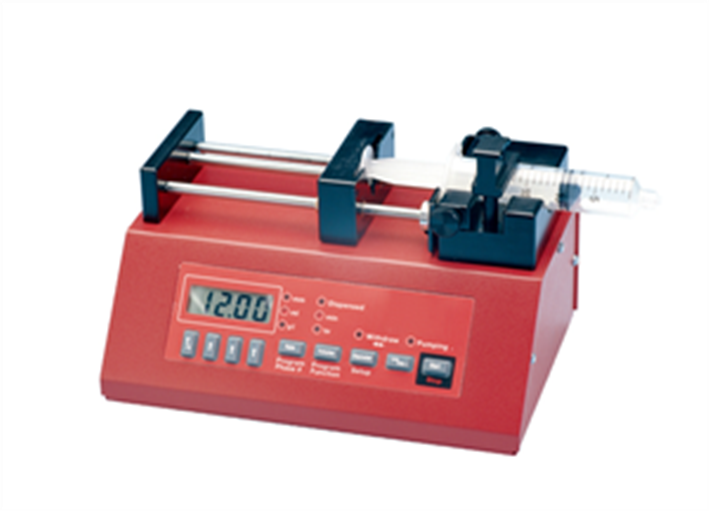
New Applications for TEER Measurements
New Applications for Transepithelial Electrical Resistance (TEER) Measurements by Adrienne L. Watson, PhD, Chief Scientific Officer, World Precision Instruments
Transepithelial electrical resistance (TEER) is a methodology that has been used for several decades to measure the resistance across a monolayer of cells to evaluate the barrier function of a cell layer. Historically, TEER measurements were utilized as a basic biological tool as researchers evaluated the permeability of biological layers and the functionality of tight junctions between various cell types. More recently, the utility of TEER measurements has expanded into new and diverse applications in a variety of fields. New applications for TEER measurement that have recently emerged include drug delivery, toxicology, organ-on-chip technology, and quality control of cell therapies. Traditionally used to study the barrier function of epithelial tissues in vitro, TEER has become a versatile and translational tool that has provided valuable insights into the integrity and permeability of complex engineered cell and tissue models as well as quality control measurements for cell-based products.
| In the field of drug delivery, TEER measurements are utilized to evaluate the barrier function of epithelial and endothelial cells and tissues to assess the permeability of drug compounds in the context of cell-cell interactions and barrier tissues. Recent studies have demonstrated the effectiveness of TEER measurements in evaluating drug delivery systems, such as chemical modifications, nanoparticles, and cell-based delivery modalities, across epithelial and endothelial cell monolayers. TEER values can provide quantitative data on the ability of drug formulations to permeate tissues and contributes to the pharmacokinetics and pharmacodynamics of therapeutics in vivo. TEER has been implemented in studies where drugs and compounds are evaluated for the optimal route of administration and have also been used to assess novel and improved drug formulations to improve their ability to treat patients when given orally, intravenously, or even intrathecally. |  |
In toxicology, TEER measurements have emerged as a readout of impact or impairment to the barrier function of a tissue, and a measure of the toxicity of chemicals and compounds on epithelial and endothelial barriers, such as those in the lung, gastrointestinal tract, or skin. By monitoring changes in TEER, researchers can gain insights into the mechanisms of toxicity and develop strategies for mitigating the harmful effects of chemicals. Changes to the blood brain barrier, vascular toxicity with endothelial cells, and changed to the barrier integrity of bronchial epithelial cells are all examples of TEER measurements being used to monitor and identify toxicity of specific compounds on various cells, tissues, and organs.
TEER measurements are also being rapidly integrated into organ-on-chip technology and other microphysiological systems, where TEER serves as a critical functional measurement that can be performed on-chip. TEER measurements for organ-on-chip are commonly used to assess the barrier function of cells and tissues under physiological flow, where patient-derived or genetically engineered cells are put into matrices and three-dimensional structures that mimic human organs and vasculature. By measuring TEER values, researchers can evaluate the integrity and permeability of barrier tissues in organ-on-chip models and can utilize these complex and eloquent platforms to evaluate a drug’s ability to cross the blood brain barrier, a pathogen’s ability to infect the bronchial epithelia, and a toxin’s effect on the vascular endothelial cells. Importantly, physiological TEER measurements must be recapitulated in these organ-on-chip platforms to demonstrate the utility of these models and their ability to better recapitulate the biology and physiology of the human body than other less complex, model systems.
Furthermore, in the field of cell therapy, TEER measurements are employed for quality control purposes to ensure the functionality and integrity of cell-based products prior to clinical use. By monitoring changes in TEER values, researchers can assess the viability and barrier function of cell therapies, such as stem cell-derived tissues or engineered cell constructs. TEER measurements have been used to evaluate the barrier function of endothelial cell monolayers derived from induced pluripotent stem cells, providing a quantitative measure of cell therapy quality control. Most recently, TEER measurements have been implemented in clinical trials for retinal pigment cell epithelia to ensure their quality and functionality before human use.
The traditional use of TEER technology in research lab continues, but TEER measurements have also been repurposed and adapted to meet the modern needs and challenges of today’s unanswered biological questions and to ensure the safety, efficacy, and quality of a myriad of new therapeutic modalities that are being developed to treat some of the world’s most intractable diseases. The use of TEER measurements in drug delivery, toxicology, organ-on-chip technology, and quality control of cell therapies offers new opportunities for advancing research and development in various fields. By providing a non-invasive and real-time assessment of barrier function, TEER measurements can help optimize drug delivery systems, evaluate toxicity, characterize organ-on-chip models, and ensure the safety and efficacy of cell-based therapies.
References:
Srinivasan B, Kolli AR, Esch MB, Abaci HE, Shuler ML, Hickman JJ. TEER measurement techniques for in vitro barrier model systems. J Lab Autom. 2015;20(2):107-26.
Huh D, Leslie DC, Matthews BD, Fraser JP, Jurek S, Hamilton GA, et al. A human disease model of drug toxicity-induced pulmonary edema in a lung-on-a-chip microdevice. Sci Transl Med. 2012;4(159):159ra147.
Kamei KI, Kato Y, Hirai Y, Ito S, Satoh J, Oka A, et al. Integrated heart/cancer on a chip to reproduce the side effects of anti-cancer drugs in vitro. RSC Adv. 2016;6(60):55847-52.
Abaci HE, Shuler ML. Human-on-a-chip design strategies and principles for physiologically based pharmacokinetics/pharmacodynamics modeling. Integr Biol. 2015;7(4):383-91.
Sharma R, Khristov V, Rising A, Jha BS, Dejene R, Hotaling N, Li Y, Stoddard J, Stankewicz C, Wan Q, Zhang C, Campos MM, Miyagishima KJ, McGaughey D, Villasmil R, Mattapallil M, Stanzel B, Qian H, Wong W, Chase L, Charles S, McGill T, Miller S, Maminishkis A, Amaral J, Bharti K. Clinical-grade stem cell-derived retinal pigment epithelium patch rescues retinal degeneration in rodents and pigs. Sci Transl Med. 2019;11(475).




Request
Catalogue
Chat
Print